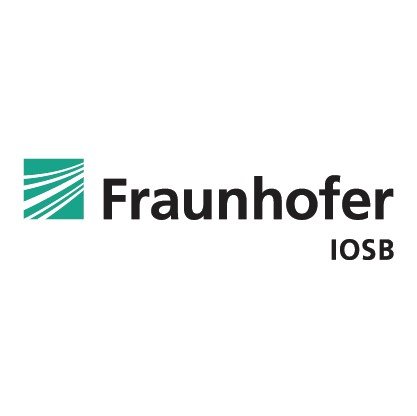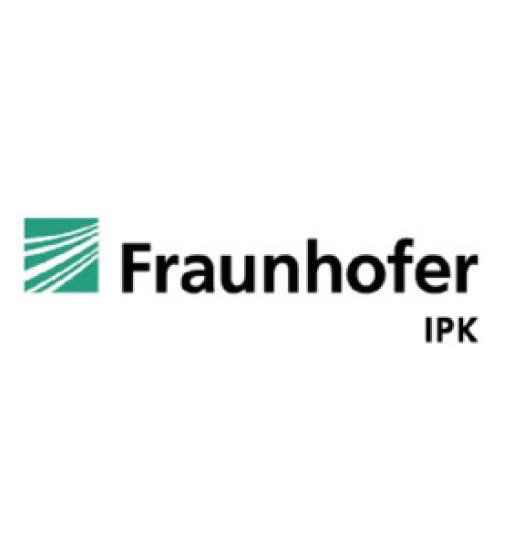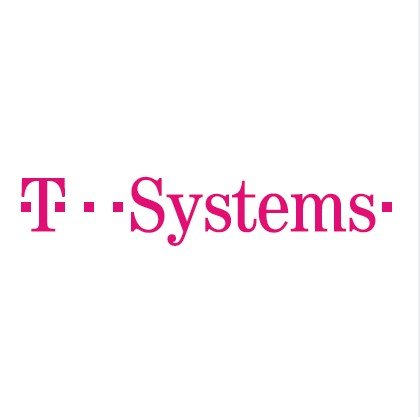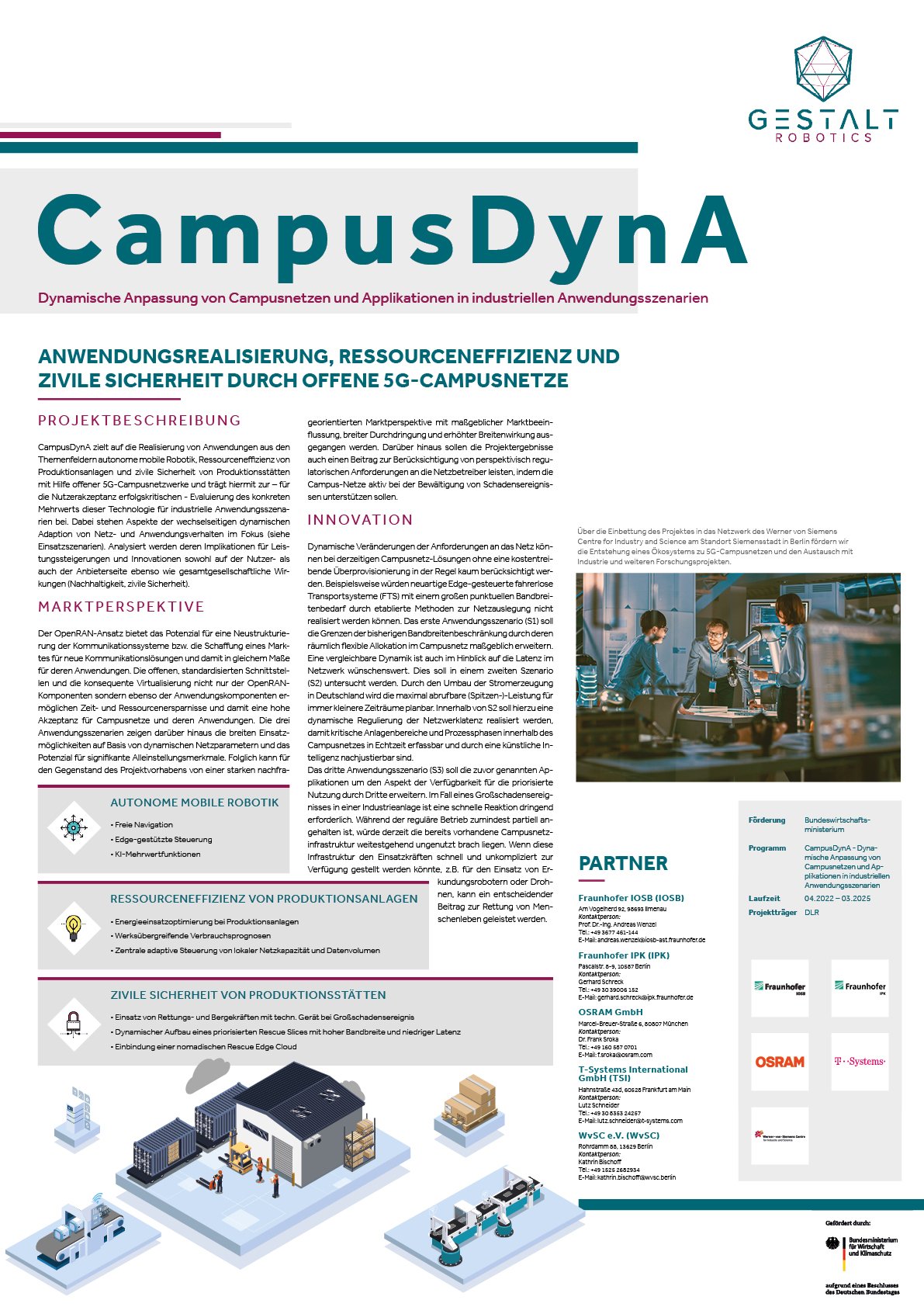CampusDynA
Dynamic adaptation of campus networks and applications in industrial scenarios
PROJECT DESCRIPTION
Development and evaluation of application services for the use of robotics in open campus networks
OBJECTIVES
CampusDynA aims at the realization of applications in the fields of autonomous mobile robotics, resource efficiency of production facilities and civil security of production sites with the help of open 5G campus networks and thus contributes to the evaluation of the concrete added value of this technology for industrial application scenarios - which is critical for user acceptance. The focus is on aspects of the mutual dynamic adaptation of network and application behavior (see application scenarios). The implications for performance enhancements and innovations on both the user and provider side are analyzed, as are the effects on society as a whole (sustainability, civil security).
MARKET PERSPECTIVE
The OpenRAN approach offers the potential for restructuring communication systems and creating a market for new communication solutions and thus, to the same extent, for their applications. The open, standardized interfaces and the consistent virtualization not only of the OpenRAN components but also of the application components enable time and resource savings and thus a high level of acceptance for campus networks and their applications. The three application scenarios also demonstrate the wide range of possible uses based on dynamic network parameters and the potential for significant unique selling points.
INNOVATION & METHODOLOGY
Dynamic changes in network requirements can generally hardly be taken into account in current campus network solutions without cost-driving overprovisioning. For example, novel edge-controlled automated guided vehicles (AGVs) with large point-to-point bandwidth requirements would not be realized by established network design methods. The first application scenario (S1) is intended to significantly extend the limits of current bandwidth constraints through their spatially flexible allocation in the campus network.
Similar dynamics are also desirable with respect to latency in the network. This will be investigated in a second scenario (S2). Due to the restructuring of power generation in Germany, the maximum (peak) power that can be called up can be planned for ever smaller periods of time. Within S2, a dynamic regulation of the network latency is to be realized for this purpose, so that critical plant areas and process phases within the campus network can be detected in real time and readjusted by an artificial intelligence.
The third application scenario (S3) is intended to expand the previously mentioned applications to include the aspect of availability for prioritized use by third parties. In the event of a major incident in an industrial plant, a rapid response is urgently required. While regular operations are at least partially halted, the campus network infrastructure already in place would currently lie largely unused.
OUR CONTRIBUTION
Gestalt Robotics is responsible for the coordination of the project, the development and evaluation of the application services and acts as a service (robotics/navigation/sensing as a service) and data provider (AI data sets).
Key facts
Autonomous Mobile Robotics
Free navigation
Edge-based real-time control
AI-based value-added services
Resource Efficiency of Production Plants
Optimization of energy use in production plants
Cross-plant consumption forecasts
Central adaptive control of local network capacity and data volume
Civil Security of Production Sites
Deployment of rescue and recovery forces with technical equipment during large-scale incidents
Dynamic setup of a prioritized rescue slice with high bandwidth and low latency
Integration of a nomadic Rescue Edge Cloud
PartnerS & CONSORTIUM
Fraunhofer IOSB and Fraunhofer IPK
The two Fraunhofer institutes take responsibility for application scenarios and act as technology suppliers.
OSRAM GmbH
Osram generally adopts the industrial end-user perspective.
T-Systems International GmbH
T-Systems takes responsibility for the "autonomous mobile robotics" scenario and is "service provider" in the exploitation.
WvSC e.V.
The Werner-von-Siemens-Centre supports the implementation of the application scenarios, the provision of the necessary infrastructure and the exploitation and dissemination of the project results.
Funding
Federal Ministry for Economic Affairs and Climate Action
Program
“5G Campusnetze”
Duration
04.2022 – 03.2025
Project Management Agency
Deutsches Zentrum für Luft und Raumfahrt (DLR)
Project Website
ProjeCt poster
Project poster (German) as printable PDF
This project is/was financed with funding provided by the Federal Ministry for Economic Affairs and Climate Action under the “5G Campusnetze” program and managed by the Project Management Agency Deutsches Zentrum für Luft und Raumfahrt (DLR). The author is responsible for the content of this publication.












